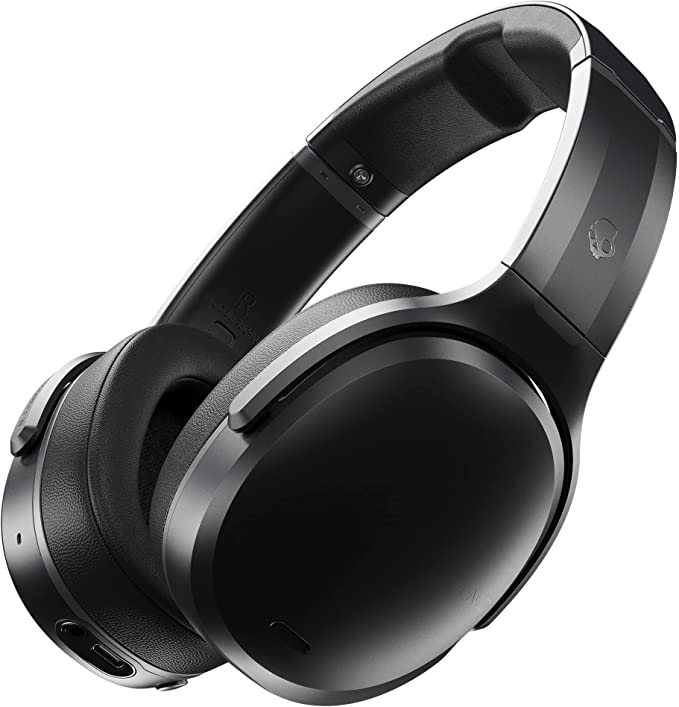The Science of Edible Printing: How Latte Art Coffee Printers Actually Work
Update on Oct. 29, 2025, 4:11 p.m.
There’s a unique moment of delight when technology and taste intersect—seeing a perfect portrait on a cookie, a company logo on a cappuccino, or a child’s drawing on their own birthday cake. It feels like a little bit of magic. But it’s not magic; it’s a fascinating blend of digital engineering, fluid dynamics, and food science.
This is the world of edible printing, a technology that’s moving from high-end bakeries into creative cafes and even homes. To truly understand its potential, we need to look past the novelty and explore the science that makes it possible. Let’s use a real-world example, the Mcilpoog WS-V2 3D Latte Art Coffee Printer, as our guide to break down how you can, quite literally, print your imagination onto your food.

The Core Engine: Reimagining Inkjet for the Kitchen
At its heart, an edible printer is a specialized version of the inkjet printer you have at home. The fundamental principle is identical: propelling microscopic droplets of liquid onto a surface with incredible precision to form an image. But instead of printing on paper, the canvas is the delicate foam of a latte or the smooth icing on a biscuit.
Your standard printer uses one of two methods to fire ink:
- Thermal Inkjet: A tiny resistor rapidly heats the ink, creating a vapor bubble that expands and pushes a droplet out of the nozzle. Think of it as a microscopic kettle boiling and spitting on command.
- Piezoelectric Inkjet: A piezoelectric crystal, which changes shape when an electric current is applied, flexes and acts like a tiny pump to force a droplet out. Imagine a microscopic speaker cone vibrating to push the ink.
While the exact mechanism in the WS-V2 isn’t specified, the result is the same: a meticulously controlled dance of pico-liter-sized droplets. These droplets are positioned according to a digital blueprint sent from a device—often via a simple Wi-Fi connection initiated by scanning a QR code in a web browser. This process builds the image, pixel by pixel, with a speed and accuracy no human hand could match.
The Artist’s Palette: The Science of Safe, Edible Ink
This is where edible printing truly diverges from its office counterpart. The “paint” must be completely safe for consumption. Creating effective and reliable edible ink is a careful exercise in food chemistry.
The Mcilpoog WS-V2, for instance, uses what it calls “Natural caramel ink.” Let’s break down what that likely entails from a scientific standpoint. Edible inks are typically composed of three key elements:
- The Carrier: This is the liquid base, almost always purified water, that holds the other ingredients in suspension.
- The Colorant: This provides the color. For the WS-V2, the colorant is caramel, a widely recognized food ingredient created by heating sugars. For printers that offer a full color spectrum, these would be other food-grade colorants approved by regulatory bodies like the U.S. Food and Drug Administration (FDA).
- The Humectant: Ingredients like glycerin or propylene glycol are often added. They are crucial for preventing the ink from drying out and clogging the microscopic nozzles of the print head—a common challenge in any inkjet system.
Food safety is the absolute priority. Claims like “Passed a number of food safety certifications” are essential. Furthermore, hygiene is a major design consideration. The WS-V2 features an integrated print head and ink cartridge with a “no sponge design.” This is a critical detail. Sponges in traditional cartridges can, over time, become breeding grounds for bacteria—a risk that is unacceptable in a food context. By integrating the print head and ink into a single, disposable unit, the entire ink path is replaced when the cartridge is empty, significantly enhancing hygiene and simplifying maintenance.

The Culinary Canvas: The Physics of Printing on Food
Printing a crisp image on a flat, stable piece of paper is a solved problem. But achieving that same clarity on the delicate, uneven, and often unstable surface of food is the real challenge. This is where material science comes into play.
Consider the surface of a latte. Milk foam is an unstable emulsion—a complex structure of air bubbles trapped in a liquid film of milk protein and fat. Its surface is constantly, subtly, shifting. This presents several physics-based challenges:
- Surface Tension: The ink droplet must have the right properties to land on the foam without collapsing the bubbles.
- Capillary Action: Once landed, the ink must not spread uncontrollably through the porous foam, which would cause the image to bleed and blur.
- Evenness: The distance between the print head and the food surface must be perfectly consistent.
This is why the product guidelines for printers like the WS-V2 are so specific: “The surface of the medium must be flat and free of bumps. The biscuits cannot be bent or deformed.” Any significant curvature or unevenness will cause distortion, as some parts of the image will be further from the nozzles than others. For a latte, this means letting the foam settle for a moment to create a smoother, more stable canvas. For a cookie, it means using a perfectly flat icing.
The versatility is broad, with claimed applications on everything from beer foam and yogurt to cakes and ice cream. Each medium presents a unique interaction between the ink and the substrate, requiring the ink to be formulated to adhere properly without smudging.
The User Experience: From Pixels to Palate
The goal of modern devices like the McIlpoog WS-V2 is to make this complex science feel effortless. The “Network Ready” capability, allowing users to connect via Wi-Fi and upload images through a browser, is a prime example. This removes the need for complex software installations and aligns with the user-friendliness of smart home appliances.
However, as with any electromechanical device, real-world challenges exist. The WS-V2 has a limited number of public customer ratings, but one notable review reported a “Motor error,” highlighting that operational faults are always a possibility. This underscores the importance of reliable customer support and a solid warranty, which the brand claims to offer.
The machine itself is a significant countertop appliance, weighing over 26 pounds with dimensions around 10”D x 12”W x 16”H. It’s designed for dedicated use rather than casual storage.

Finale: A Taste of a More Personal Future
Edible inkjet technology, as exemplified by devices like the Mcilpoog WS-V2, does more than just decorate food. It democratizes culinary artistry. It gives small businesses—cafes, bakeries, caterers—a powerful tool for personalization and branding that was once out of reach. For home users, it offers a new dimension of creativity for parties and special occasions.
Understanding the science behind it—the precision of piezoelectric jets, the chemistry of food-grade inks, and the physics of printing on unstable surfaces—removes the “magic” and replaces it with something far more impressive: human ingenuity.
While practical considerations like cost, print speed, and the all-important verification of ink safety are crucial for any potential user, the technology itself holds immense promise. It points to a future where our food is not only nourishing and delicious but also a canvas for unique, personal, and scientifically-backed expression.





















